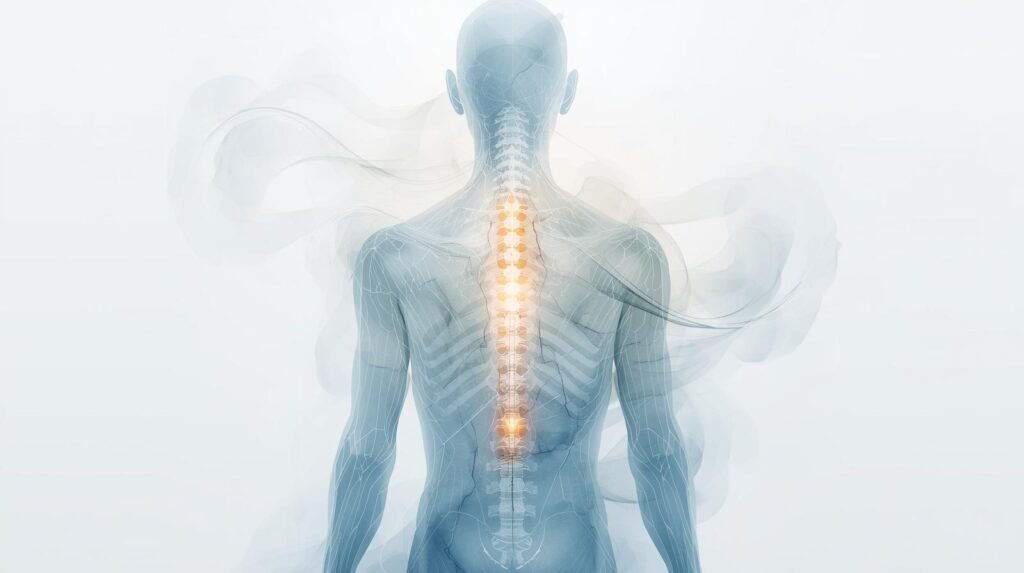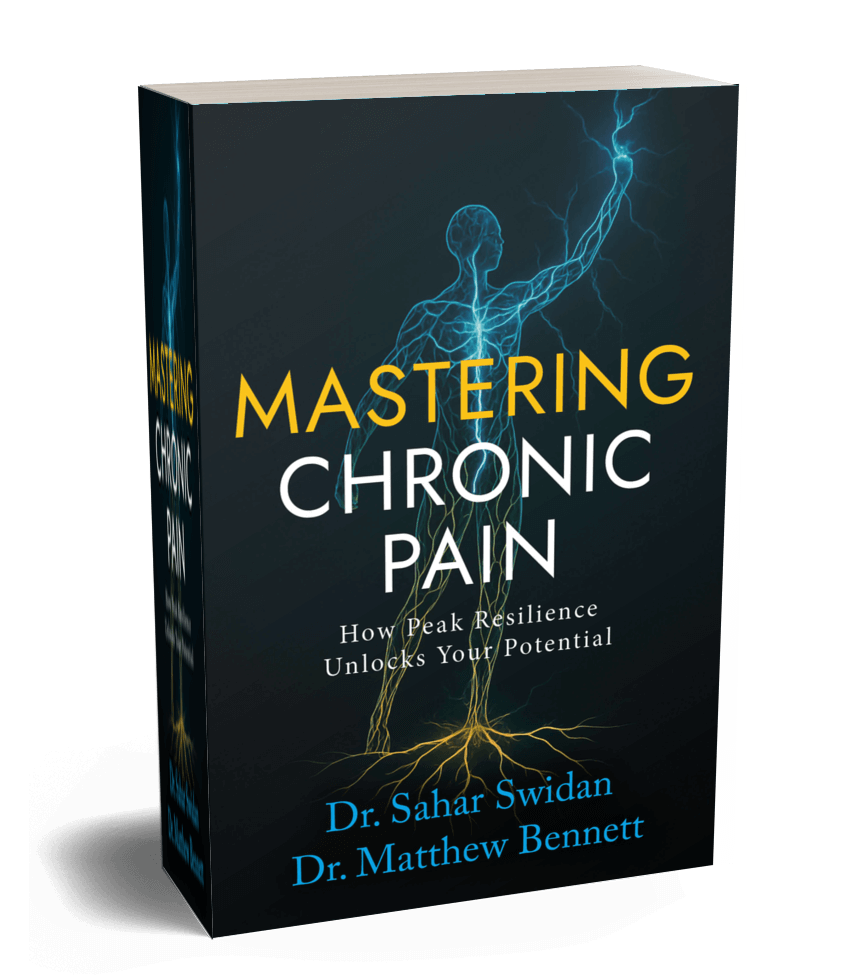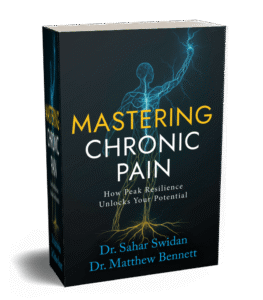Each October, Spinal Awareness Month reminds Americans to think about the health of their backs and necks. For many, it is a brief moment to recognize how vital spinal health is to daily life. For millions of others, it is a constant reality. Back pain and spinal conditions affect nearly every household in the United States in some way, and the demand for care is only increasing. The spine supports every movement we make, and when it falters, so does a person’s quality of life. The importance of spinal care extends far beyond one month on the calendar. It is a year-round necessity for individuals, families, and the medical community.
According to iData Research, more than 1.5 million spinal fusion surgeries are performed in the United States each year. This number reflects the scope of the problem, showing that spinal disorders are not isolated cases but a widespread public health issue. Many people associate spinal injuries with car crashes, sports, or other traumatic events. However, the reality is that a growing number of spinal conditions arise without any accident or injury at all. As the American population continues to age, a rising wave of non-traumatic spinal conditions has become one of the leading causes of pain, disability, and decreased independence.
This trend is closely tied to demographic change. As the U.S. Census Bureau projects, Americans aged 65 and older will soon outnumber children under 18 for the first time in history. An aging society brings new health challenges, and spinal degeneration is among the most significant. Degenerative diseases such as osteoarthritis, disc degeneration, and spinal stenosis are increasingly common with age. These conditions cause pain, stiffness, and a gradual loss of mobility. Spinal stenosis, which occurs when the spinal canal narrows and compresses nerves, often develops as part of the natural wear and tear of aging. Adult spinal deformity, a curvature or misalignment of the spine that progresses over time, affects older adults disproportionately, often leading to chronic pain and limitations in function.
For many people, these conditions are not just physical ailments but obstacles that reshape daily life. Chronic back pain and reduced flexibility make it harder to perform basic activities, from climbing stairs to carrying groceries or simply getting out of bed. As mobility decreases, independence can diminish as well, creating ripple effects that impact families and communities. The social and emotional costs of spinal pain are as real as the physical ones, and they highlight why spinal care deserves continuous attention.
Fortunately, advances in medical science have transformed how doctors diagnose and treat spinal conditions. Over the past 25 years, breakthroughs in surgical techniques and technology have significantly improved patient outcomes and recovery times. Innovations such as artificial disc replacement, robotic-assisted surgery, and minimally invasive procedures are changing what spinal surgery looks like today. These treatments are helping patients regain movement, reduce pain, and return to their lives with less downtime and fewer complications than ever before.
At the forefront of these developments is the Texas Back Institute, one of the nation’s leading centers for spinal care. Founded in 1977, the institute has combined scientific research, clinical expertise, and technological innovation for nearly five decades. Its team of board-certified surgeons, including Dr. Uche Davidson, Dr. Scott Blumenthal, and Dr. Peter Derman, represents the ongoing evolution of spinal medicine. Their work demonstrates how specialized surgical techniques are advancing patient care.
Dr. Uche Davidson, a board-certified orthopedic spine surgeon, exemplifies this approach. Practicing in Fort Worth and Mansfield, he focuses on using advanced, minimally invasive procedures tailored to each patient’s unique needs.
“I want my patients to know that we will listen to them carefully and work together to develop a unique plan,” says Dr. Davidson. “We are a team, and our goal is to get you back to the things you enjoyed before the pain using the most advanced minimally invasive approach. Surgery is our last resort.”
Dr. Blumenthal’s expertise in artificial disc replacement helps preserve motion while alleviating chronic pain, while Dr. Derman’s focus on minimally invasive and endoscopic methods allows patients to heal faster and experience less post-operative discomfort. Collectively, their work reflects how spinal surgery has shifted from invasive, high-risk procedures to precise, patient-centered interventions.
However, even with these advancements, medical leaders at Texas Back Institute emphasize that surgery should never be the first option. The institute’s guiding principle of surgery being the last resort reflects a broader commitment to preventive care and holistic treatment. Non-surgical approaches, including physical therapy, rehabilitation, and lifestyle changes, are often effective in managing or even preventing many spinal problems. Maintaining good posture, exercising regularly, strengthening core muscles, and maintaining a healthy weight all play a role in supporting long-term spinal health.
Public education remains essential, especially as many people view back pain as an inevitable part of aging. Early intervention can make a significant difference, allowing for treatment before symptoms worsen. Awareness campaigns, while valuable, must lead to practical action throughout the year. Spinal health cannot be an afterthought, and the medical community continues to call for a sustained focus on prevention, innovation, and patient education.
Spine Awareness Month serves as an important reminder, but the conversation must continue well beyond October. With an aging population, rising rates of degenerative spinal conditions, and an expanding set of surgical and non-surgical solutions, spinal care has become a permanent and growing priority in American healthcare.













